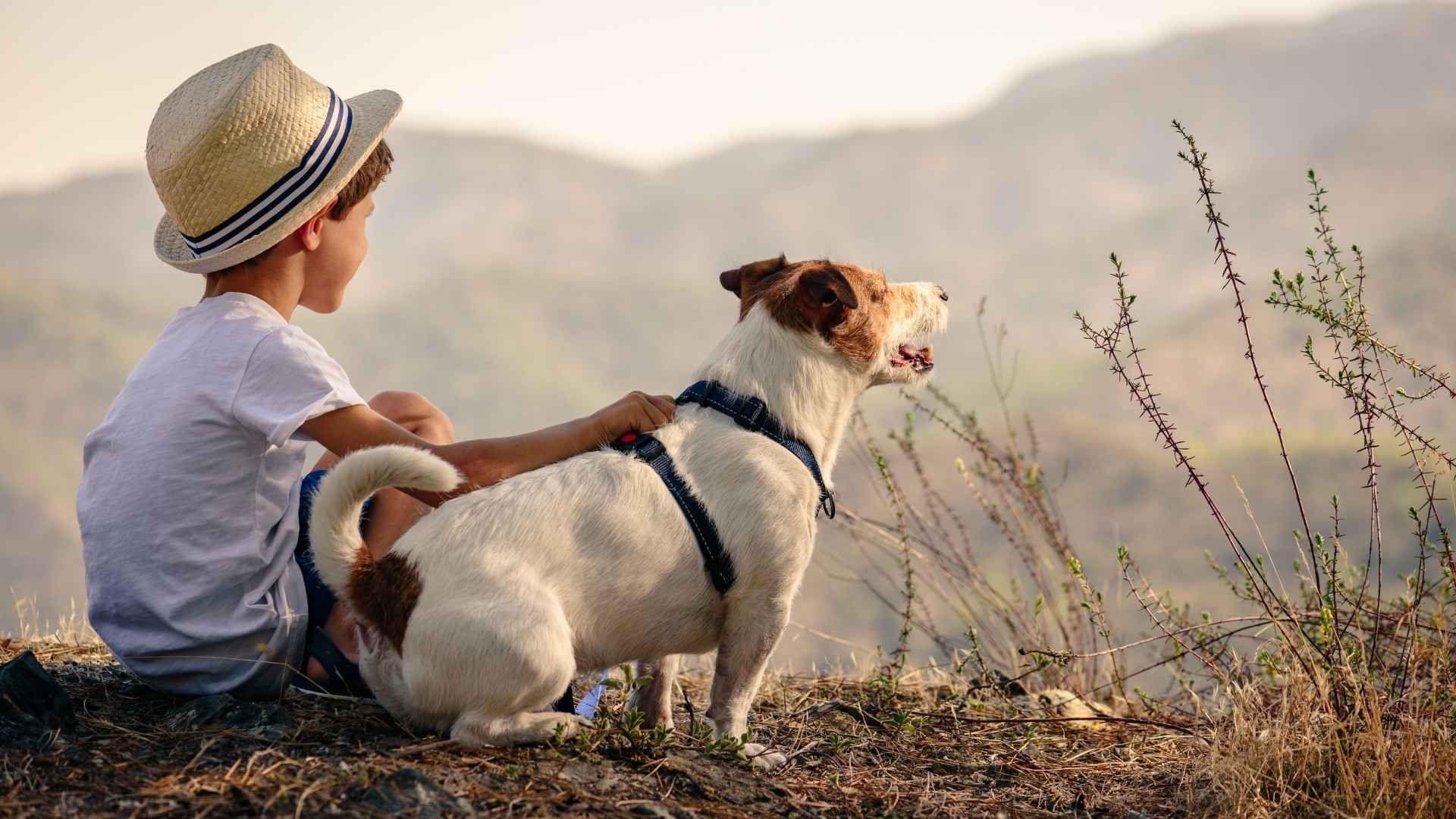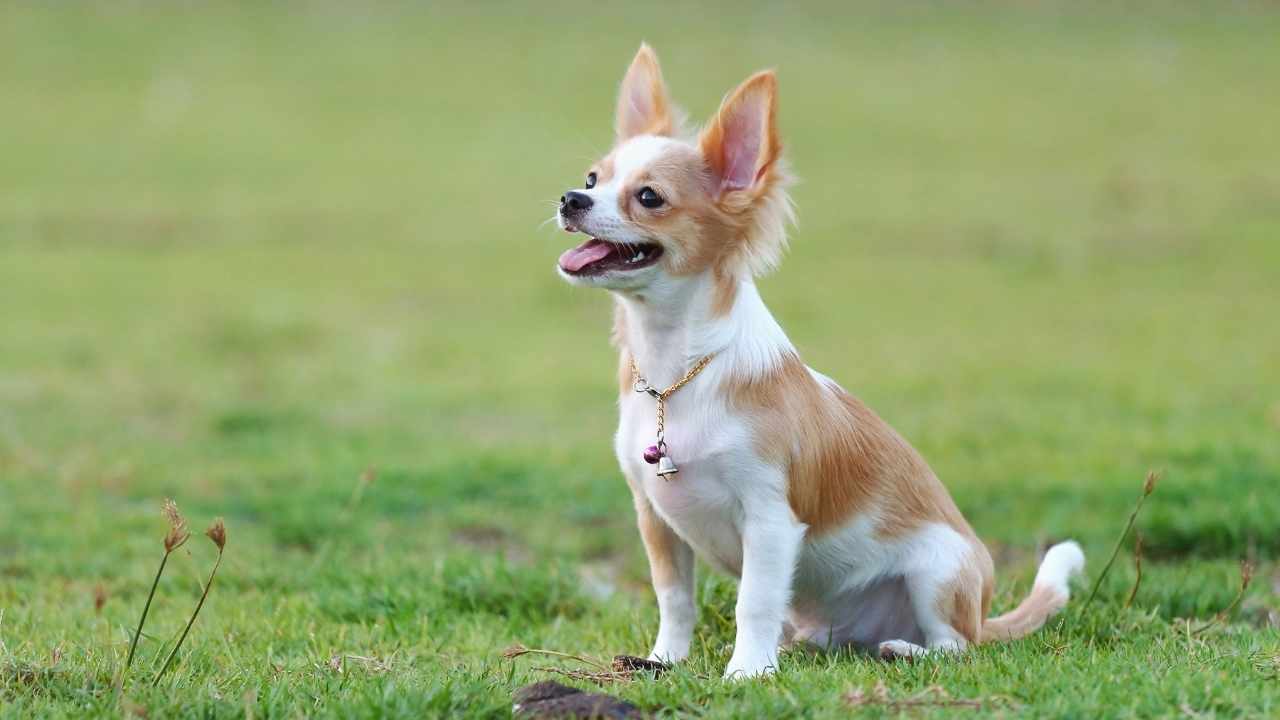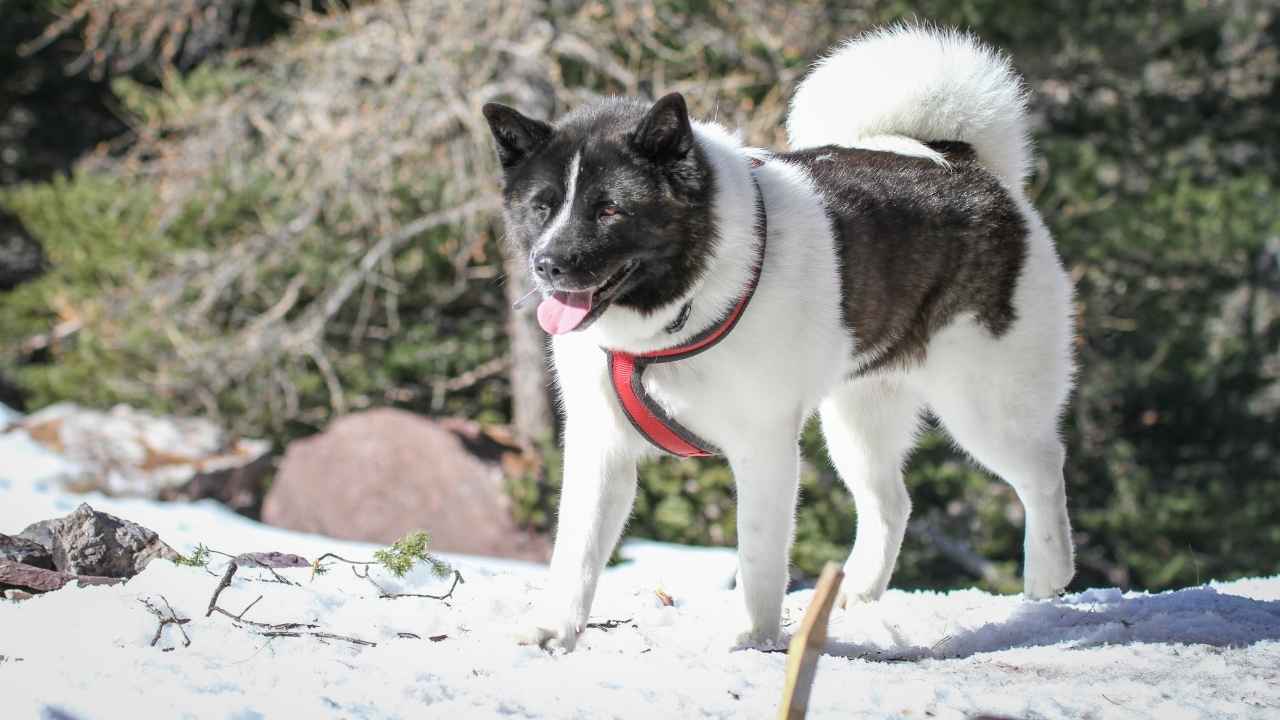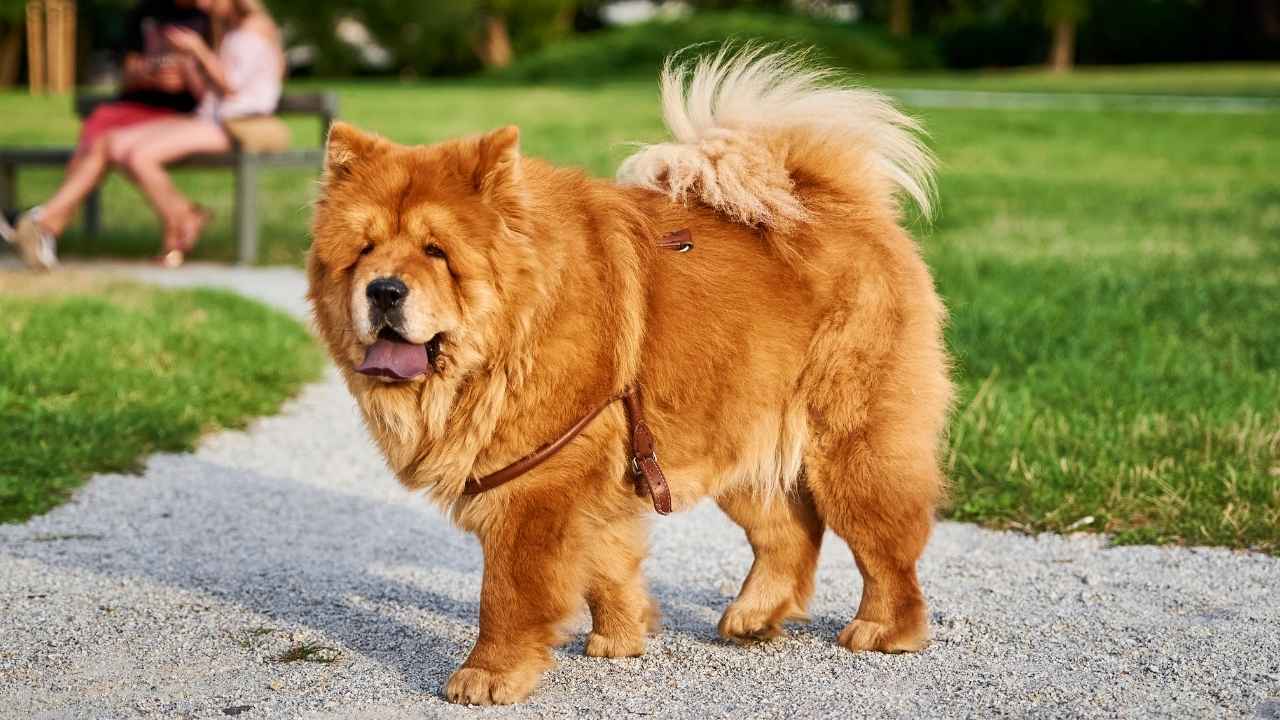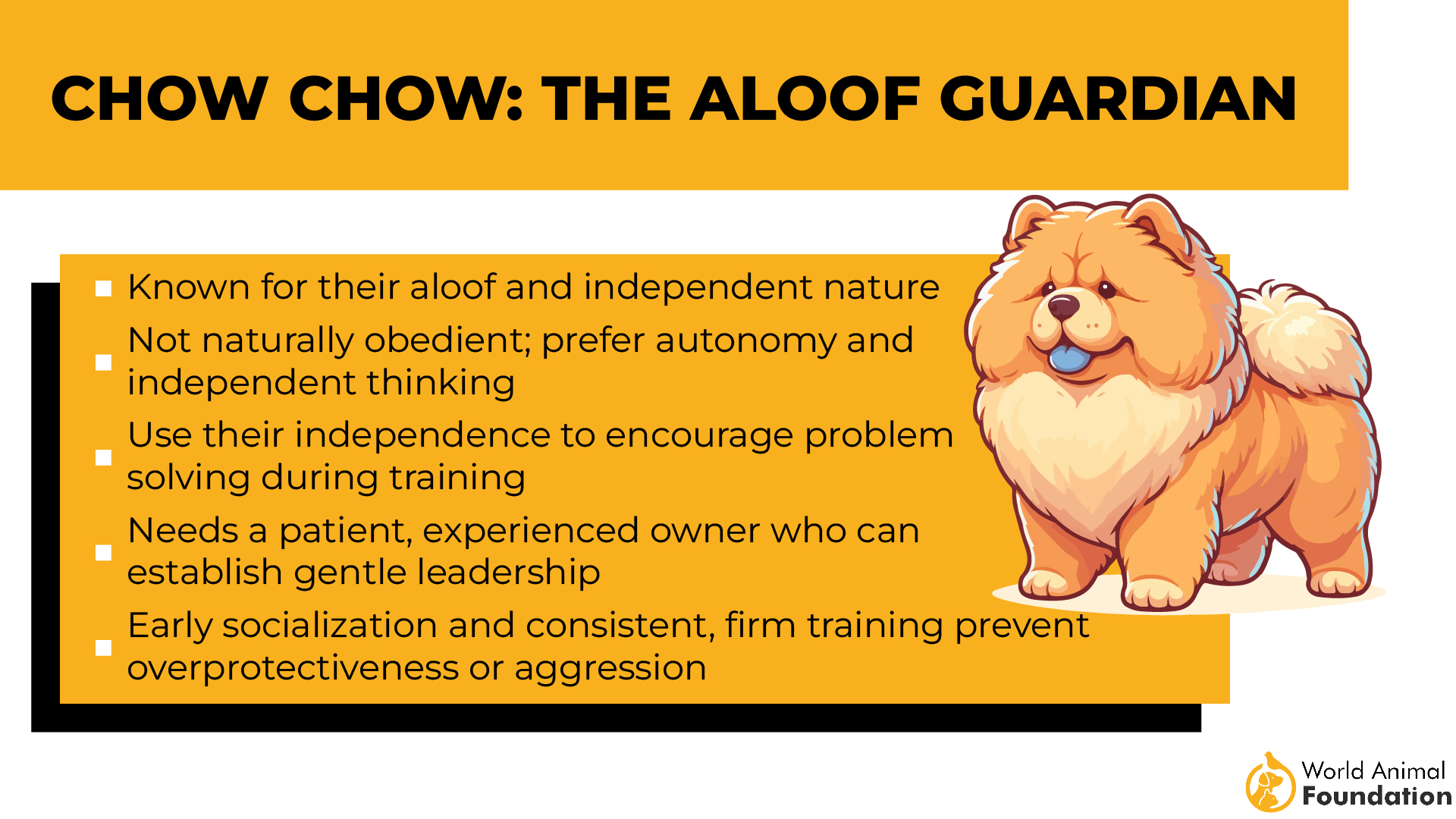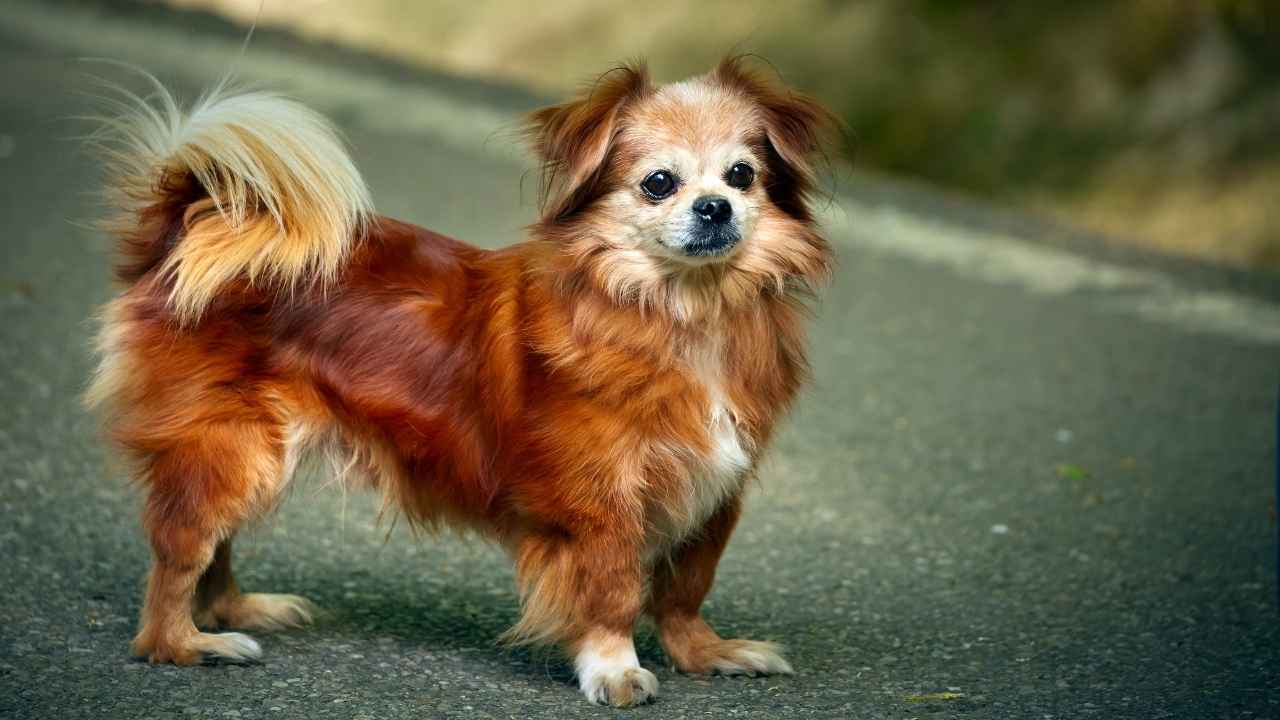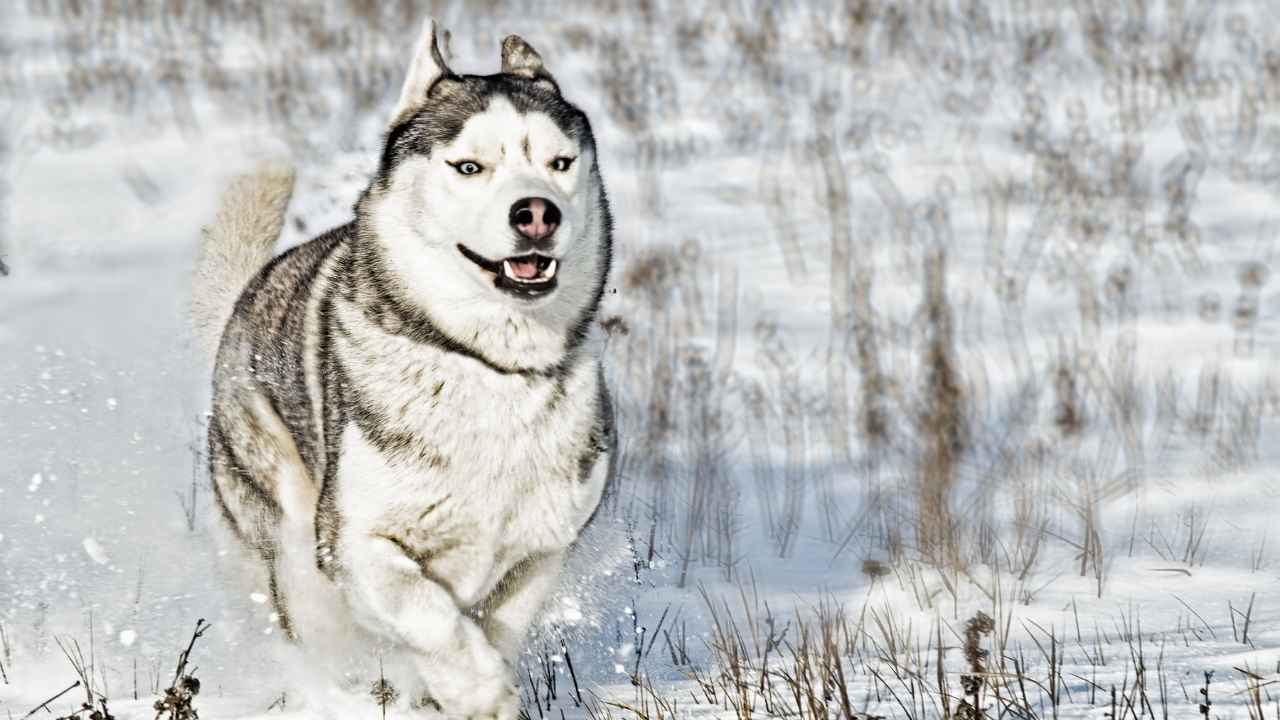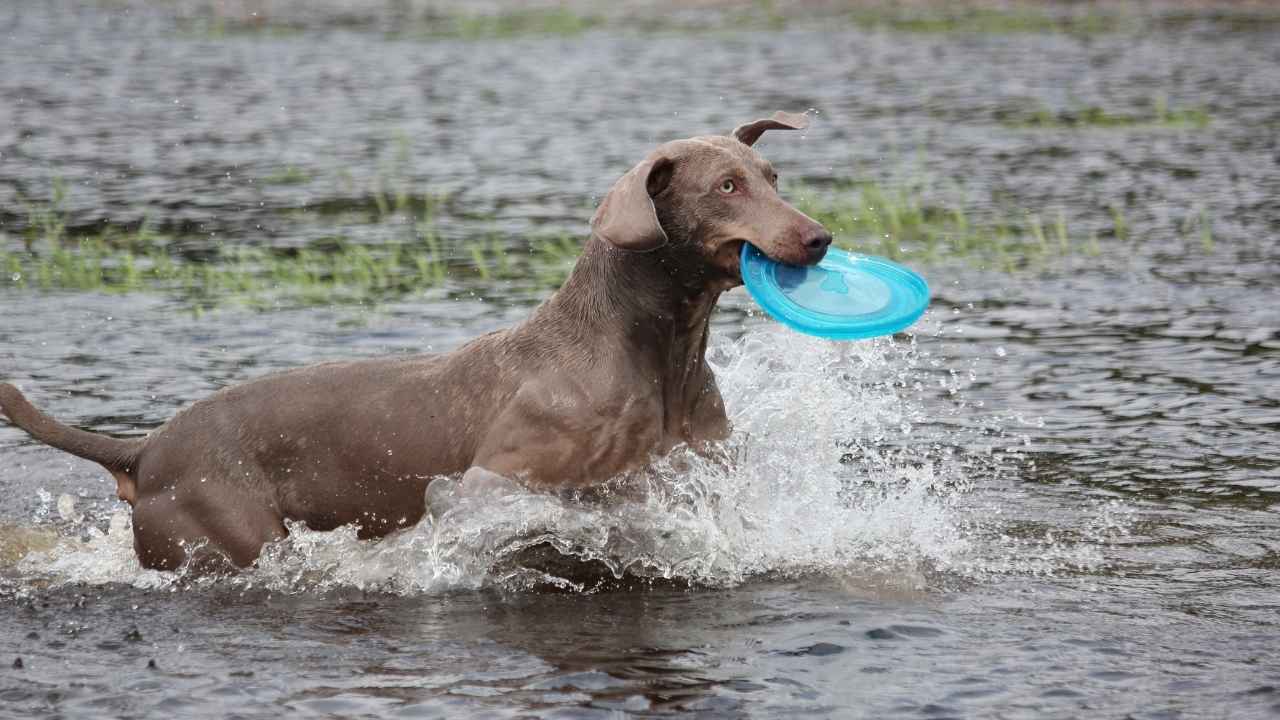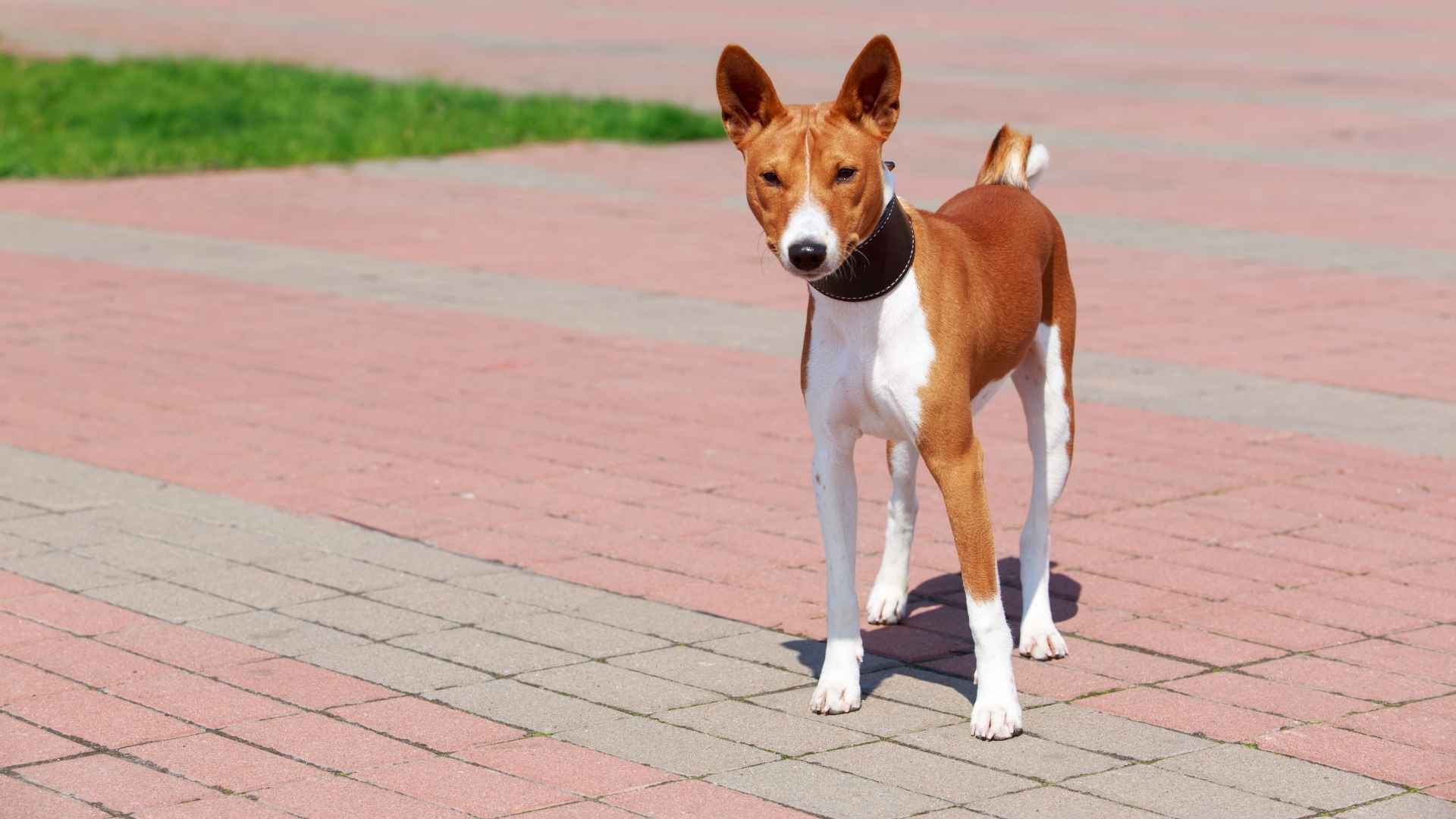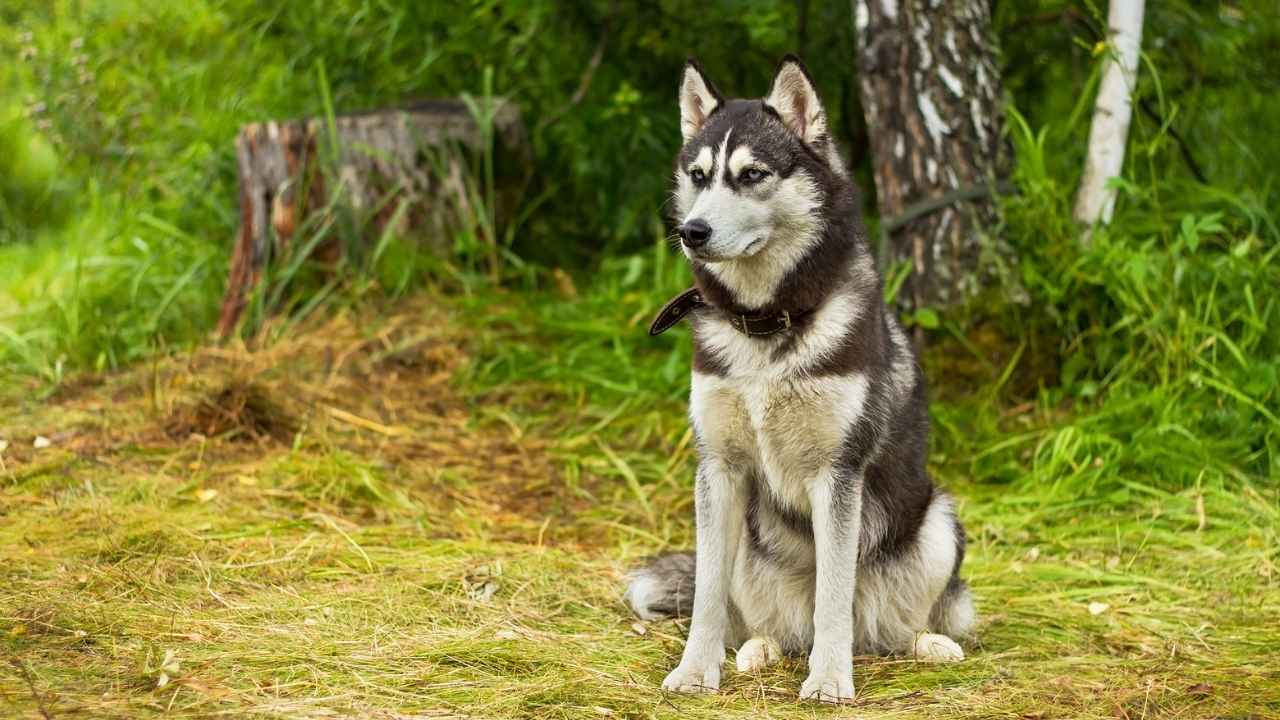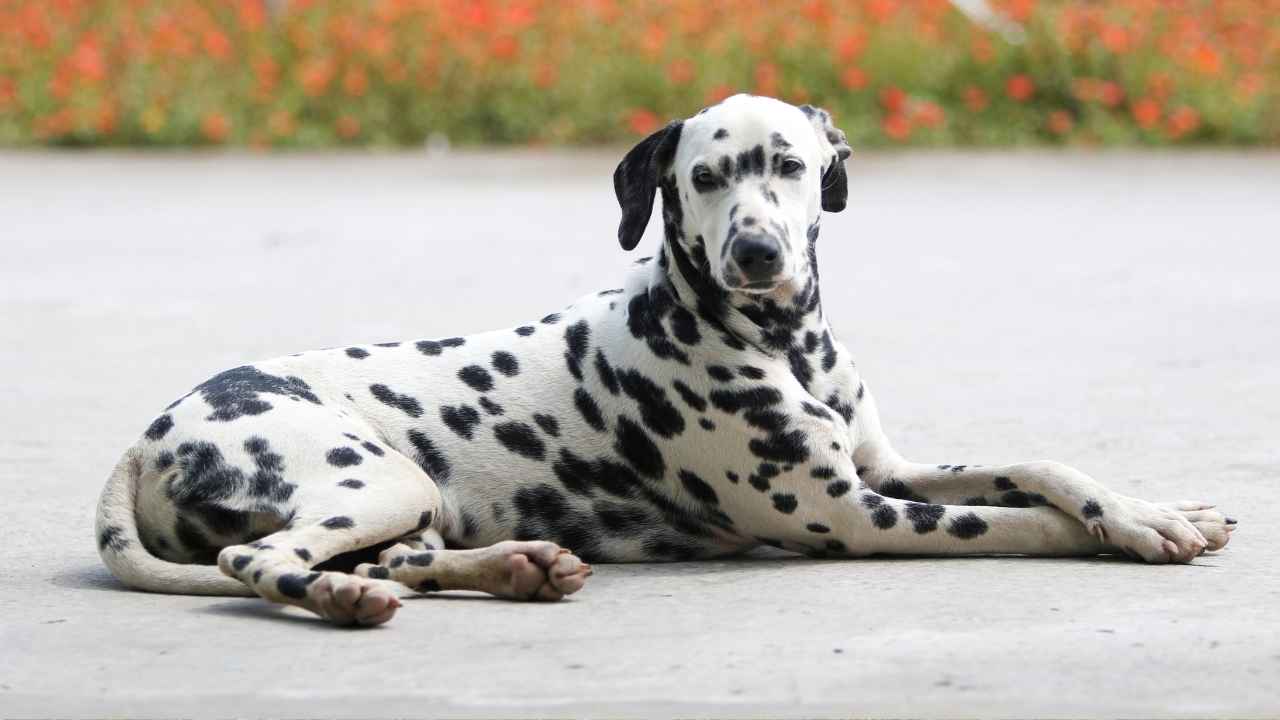When it comes to choosing a family pet, especially for households with young children, it’s crucial to select a breed known for its gentle nature and compatibility with kids. While many breeds are celebrated for their affection and playfulness, some seemingly cute dogs may not be the best fit for little ones. From fragile physiques to high energy levels or independent temperaments, these nine breeds, despite their adorable appearance, may present challenges in a family setting. Understanding their unique traits can help you make an informed decision, ensuring a harmonious and safe environment for both your children and your furry companion.
Not every adorable pup is a match made in heaven for families with kids. While many dog breeds seem perfect due to their cute face and irresistible charm, their behavior and care requirements tell a different story.
Some dogs, despite their size or fluff factor, may struggle to handle the constant excitement and unpredictability of small kids. Factors like energy levels, sensitivity to rough play, and protective instincts can make certain breeds a tricky fit.
How a dog behaves depends on their temperament and upbringing, but even with proper training, some breeds are naturally better suited for adults or older children. Picking the right dog is about more than just looks—it’s about compatibility.
Let’s dive into why some of the cutest breeds might not be the best choice for families with young kids. It’s all about making the right match for everyone involved—kids, parents, and pups alike!
9 Cute Dog Breeds Bad for Children
1. Chihuahua
Chihuahuas, standing at a mere 5-8 inches tall and weighing around 4-6 pounds, might seem like the perfect pint-sized companion for kids. Their cute face, expressive eyes, and small size make them irresistibly adorable. For good reason, they’re often seen riding in purses or snuggling in laps like royalty.
However, don’t let their tiny stature fool you—many Chihuahuas have big personalities. They tend to be territorial, and their dislike of sudden movements or rough handling can make them one of the worst dog breeds for young children. Biting is not uncommon if they feel uncomfortable or threatened.
Proper training from puppyhood is key to managing their protective nature. Early socialization and positive reinforcement can help reduce their tendency to snap, especially around small kids. Owners must also teach children how to respect the Chihuahua’s personal space to avoid accidents.
To make them into ideal pets, focus on building trust and providing them with personal attention. These small dogs thrive in calm environments with one owner or families where older children understand how to handle them gently.
2. Akita
Akitas, with their majestic coats and loyal demeanor, are often admired for their imposing beauty. These protective guard dogs can weigh between 70-130 pounds and have a powerful, hunting breed lineage. Their calm and reserved nature might seem perfect, but there’s more to their personality.
AKC mentions that while Akitas are incredibly devoted to their families, they tend to be wary of strangers and other animals. Their protective instincts can easily switch to guard dog mode, making them unpredictable around kids running or engaging in rough play. This behavior, coupled with their size, makes them a risky choice for young children.
Proper training is essential from the moment you bring home a new puppy. Akitas needs consistent boundaries, mental stimulation, and early exposure to different environments to curb aggression and build trust with humans and other pets. Without this, they may develop destructive behaviors.
To help an Akita thrive in a family environment, provide proper outlets for their energy and focus on training them to tolerate random running and constant excitement. They’re best suited for homes with adults or older children who respect their need for space.
3. Chow Chow
With their lion-like mane and teddy bear vibes, Chow Chows are undeniably adorable. Their aloof expressions and fluffy coats give them a regal charm that many dog enthusiasts can’t resist. But these traits come with a strong-willed personality that can make them challenging for families with small children.
Petplan reveals that Chow Chows are fiercely independent and protective, often displaying aggression if provoked by rough handling or jerky movements from little kids. They also tend to be intolerant of strangers and other pets, which can lead to biting or chasing if they feel threatened.
Training is non-negotiable with this breed. A Chow Chow puppy needs structured socialization to grow into a well-mannered adult. Patience and consistency are vital, as they can be stubborn and resistant to commands. Teaching your children to approach them calmly and respectfully is equally important.
Chow Chows thrive in quieter households where they aren’t overwhelmed by constant excitement. With proper training and an experienced owner, they can become loving family members, but they’ll always need their boundaries respected.
4. Pekingese
Pekingese, with their luxurious coats and proud strut, embodies the term “adorable.” Small in size but mighty in attitude, they weigh around 8-14 pounds and have a long history as royal lapdogs. Their cute face and compact build might suggest a perfect match for small kids—but think again.
These little dogs have a regal demeanor and a low tolerance for rough play. They often feel uncomfortable with kids running or grabbing at them, which can trigger defensive snapping. This makes them a bad choice for households with energetic dogs or young children.
To ensure a harmonious home, start training your Pekingese puppy early with positive reinforcement. Socialization helps them feel more comfortable around strangers, little ones, and other pets. Regular grooming and personal attention are also necessary to keep them content.
Pekingese dogs tend to do best with older children or adults who respect their independent nature. With the right care and environment, they can become affectionate and loyal companions. Just steer clear if your household thrives on chaos!
5. Siberian Husky
Siberian Huskies are showstoppers with their piercing blue eyes, thick coats, and boundless energy. They stand about 20-24 inches tall and weigh 35-60 pounds, making them one of the most striking yet high-energy breeds around notes Hillspet. Their adorable wolf-like appearance has captivated dog lovers worldwide.
But looks can be deceiving. Huskies are energetic dogs with a high prey drive, making them unpredictable around little kids or other pets. Their love of random running and rough play often leads to unintentional injuries. Without proper training, they can be incredibly difficult to manage in a busy family environment.
Training a Siberian Husky is no small feat. Start early to channel their energy into exercise and mental stimulation. Owners must also ensure proper outlets for their endless stamina to prevent destructive behaviors like chewing or digging. They thrive when their instincts are respected and directed appropriately.
Although they’re not the best choice for families with small children, Huskies can shine in active households with older children. Regular exercise, firm boundaries, and consistent training can turn this hunting breed into a lovable, well-behaved family member.
6. Weimaraner
Weimaraners, nicknamed “silver ghosts,” are known for their sleek coats, long ears, and piercing amber or blue eyes. Weighing between 55-90 pounds and standing 23-27 inches tall, they’re elegant, athletic, and undeniably charming. Their striking appearance often lands them on lists of adorable breeds.
However, their high energy and intense need for exercise can be overwhelming for families with little kids. Weimaraners thrive on personal attention and proper outlets for their energy. Without these, they may develop destructive behaviors like chewing or digging, especially if they feel neglected or stressed in a chaotic environment.
Purina recommends that early training is crucial for a Weimaraner puppy to learn boundaries. These dogs need mental stimulation and structure to keep their minds and bodies engaged. Socializing them with other dogs and humans also helps curb potential aggression.
For families with older children or those who love outdoor adventures, the Weimaraner can be a dream companion. Regular exercise, clear rules, and a dedicated owner will make this energetic breed thrive. But if you’re dealing with constant excitement and small kids, they might not be the best fit.
7. Basenji
Basenjis, often called the “barkless dog,” are as unique as they are adorable. With their fox-like faces, curled tails, and compact size (weighing 22-24 pounds), they’re undeniably cute. Their quirky nature and hunting breed history make them fascinating companions.
But Basenjis are not ideal for small children. Their independent and mischievous nature can lead to trouble if they’re not kept mentally stimulated. They’re also escape artists, which means kids running and leaving doors open could result in a wild chase. Basenjis can also feel uncomfortable with rough play or jerky movements.
Training a Basenji requires patience and creativity. Start from puppyhood, using positive reinforcement and introducing them to various situations. Keep them engaged with games and tasks that challenge their sharp minds. Without proper training, they can easily become stubborn and hard to manage.
Basenjis are better suited for households with older children or experienced dog owners who can provide the mental and physical stimulation they crave. With the right environment, they can be clever, affectionate pets—but they’re not for everyone.
8. Alaskan Malamute
Alaskan Malamutes are the gentle giants of the canine world, weighing 75-100 pounds and standing up to 25 inches tall. Their thick, fluffy coats and expressive eyes give them an irresistibly cuddly appearance, making them a popular choice for families drawn to big, lovable dogs reports WebMD.
However, Malamutes’ size and strength make them a bad choice for families with small kids. They tend to get overexcited during play, often knocking over little ones unintentionally. Their high prey drive and stubborn streak also mean they need constant supervision around smaller animals.
Training is a must for Malamutes, especially from puppyhood. These dogs respond best to firm but positive guidance that establishes clear boundaries. Daily exercise and mental stimulation are essential to prevent boredom and the destructive behaviors that come with it.
Malamutes thrive in active families with plenty of space to roam. While they’re not ideal for young children, they can be loyal, affectionate companions for households with older kids who can handle their exuberance and energy.
9. Dalmatian
Dalmatians are instantly recognizable thanks to their iconic spotted coats and athletic build. Weighing 45-70 pounds, they’re energetic, eye-catching dogs with a playful and fun-loving personality. Their adorable antics and boundless enthusiasm make them a hit with active families.
However, their high energy and strong personalities can be overwhelming for households with small children. Dalmatians are prone to rough play, and their exuberance can lead to accidental injuries. They also require a lot of exercise and mental stimulation, which may be challenging in busy homes.
Training is vital for a Dalmatian, starting when they’re a new puppy. They respond well to consistent, positive reinforcement and need proper outlets for their energy to prevent destructive behaviors. VCA suggests that socialization with other pets and humans is equally important to curb their sometimes stubborn or overprotective tendencies.
For families with older children or those who enjoy outdoor activities, Dalmatians can be the perfect fit. With the right environment and attention, this breed’s playful nature can shine. However, they’re a bad choice for families that can’t meet their demanding energy and training needs.
Conclusion
When it comes to choosing the perfect pet, certain dog breeds may look irresistible, but their temperament, care needs, and energy levels often tell a different story. The way a dog behaves depends on many factors, including training, socialization, and environment. For families with young kids, breeds like Chihuahuas or Alaskan Malamutes might not be the best match due to their unique challenges.
Of course, we’ve only scratched the surface. Other breeds, like Dobermans, Cane Corsos, or Rottweilers, can be protective and loyal but may need a lot of training to avoid aggressive tendencies. Even a Shih Tzu puppy, with its adorable toy-like appearance, requires proper care and boundaries to prevent issues common in older Shih Tzu.
Don’t forget cats and other pets when adding a dog to the mix. Some breeds, like Greyhounds, are surprisingly gentle, while others can make even playtime dangerous. Always assess your family’s needs.
Ultimately, every breed has its pros and cons. Do your research, consider other factors like activity levels and space, and choose wisely. Your perfect furry companion—and your kids—deserve the best match.
When considering a family pet, it’s crucial to choose a dog breed that aligns well with the presence of children. While some breeds are undeniably cute, they may not always be the best fit for families with young kids. Factors such as temperament, energy levels, and size can make certain breeds less suitable. It’s important to prioritize safety and harmony, focusing on breeds known for their patience and gentle nature with children. Educating yourself on the specific needs and behaviors of potential pet breeds can ensure a loving, safe, and enjoyable environment for both your family and your furry friend.

